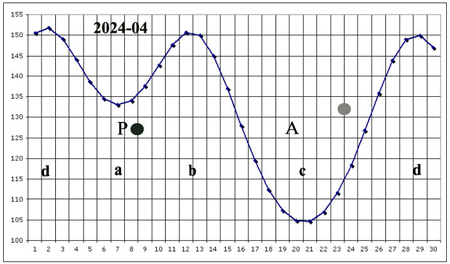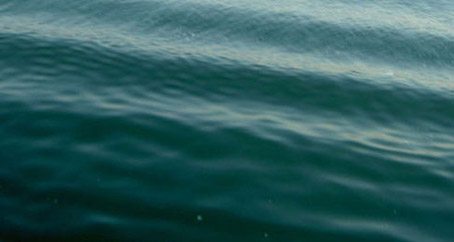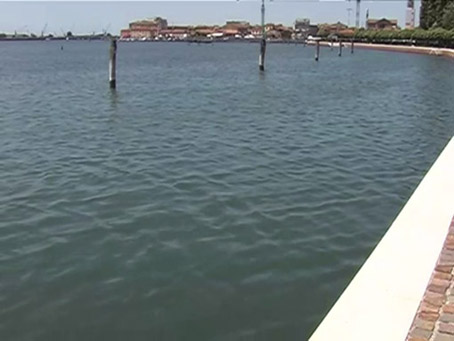2.4.2 - The Z test takes shape.
“Z test” is intended to validate the hypothesis that the formation of the tide is due to water density decrease.
===========================================================
© copyright notice ||| français ||| italiano
prologue > index tides > 2.4 The cumulative dissipative cycle in water.
2.4.1 The cumulative dissipative cycle in water.
>2.4.2 The test Z takes shape.
2.4.3 A natural astronomical observatory for the tides.
2.4.4 The test Z: amplifying a hidden phenomenon.
2.4.5 The water figures.
2.4.6 Density waves.
2.4.7 Other significant cases.
2.4.8 Ordinary waves and density waves.
2.4.9 For a man-made astronomical observatory for the tides.
===========================================================
Conditions for making the tidal formation visible.
The tide is felt only in its effect of raising the water level, but generally not in its way of being generated.
The way in which the tide is generated is generally hidden, because, normally, only a few molecules of water, at the same time, move at critical angular velocity values with respect to the Moon (or the Sun), according to the typical modalities in which the cumulative-dissipative processes take place.
Favourable conditions for the “test Z”.
It can be seen that the tide is generated by a decrease in the density of water when many water molecules move at the same critical angular velocity relative, for instance, to the Moon for an extended time, so that the effects of the processes induced by force d are clearly manifested.
The event can occur when a critical value of angular velocity with respect to the Moon is maintained for a long time, as happens at points a, b, c, d of the calendar prepared for the seeds.
There is then the formation of "figures of water", which in the form of protuberances would testify that there has been a variation in the density of the water.
The angular velocity, given as hourly average per each day, of how much the Moon recovers its delay, on its revolution around the Earth, defined in 86400 seconds, and performed during one sidereal month.

3 - Heat exchanges.
Unlike what happens in the seeds, stationary with respect to the ground, it is good to specify that in liquid water, where the molecules can move between them, the thermal exchange can take place between molecules in the cumulative phase, with those in the dissipative one, almost at the same time.
It is my understanding that this is happening in more or less coordinated times.
Heat exchanges are favoured by the depth of the water, and by its renewal at every tidal cycle.
4 - Water almost still.
The smaller the movement of water, the more molecules per single event interact with the Moon at the same angular velocity.
Water not stagnant.
As I have just said, the water must be as firm as possible. But it must not be stagnant, but renewed at every tidal cycle, in order to facilitate the necessary thermodynamic exchanges between molecules.
Without such exchanges, the force d generated by the angular movement with respect to the Moon (or the Sun) remain ineffectual.
Adverse conditions.
1 - The wind.
There must be no wind. It must not exceed 3 km/hr. The figures of water would be altered.
Just a slow wind is enough to distort the water figures. Most of the rendez-vous with the Moon get missed because of the wind, whose speed should be under 0.5 m/s.
Water figures broken by a wind of 2 m/s.
2 - Passage of boats.
Even the waves due to the passage of boats disturb the formation of water figures.

